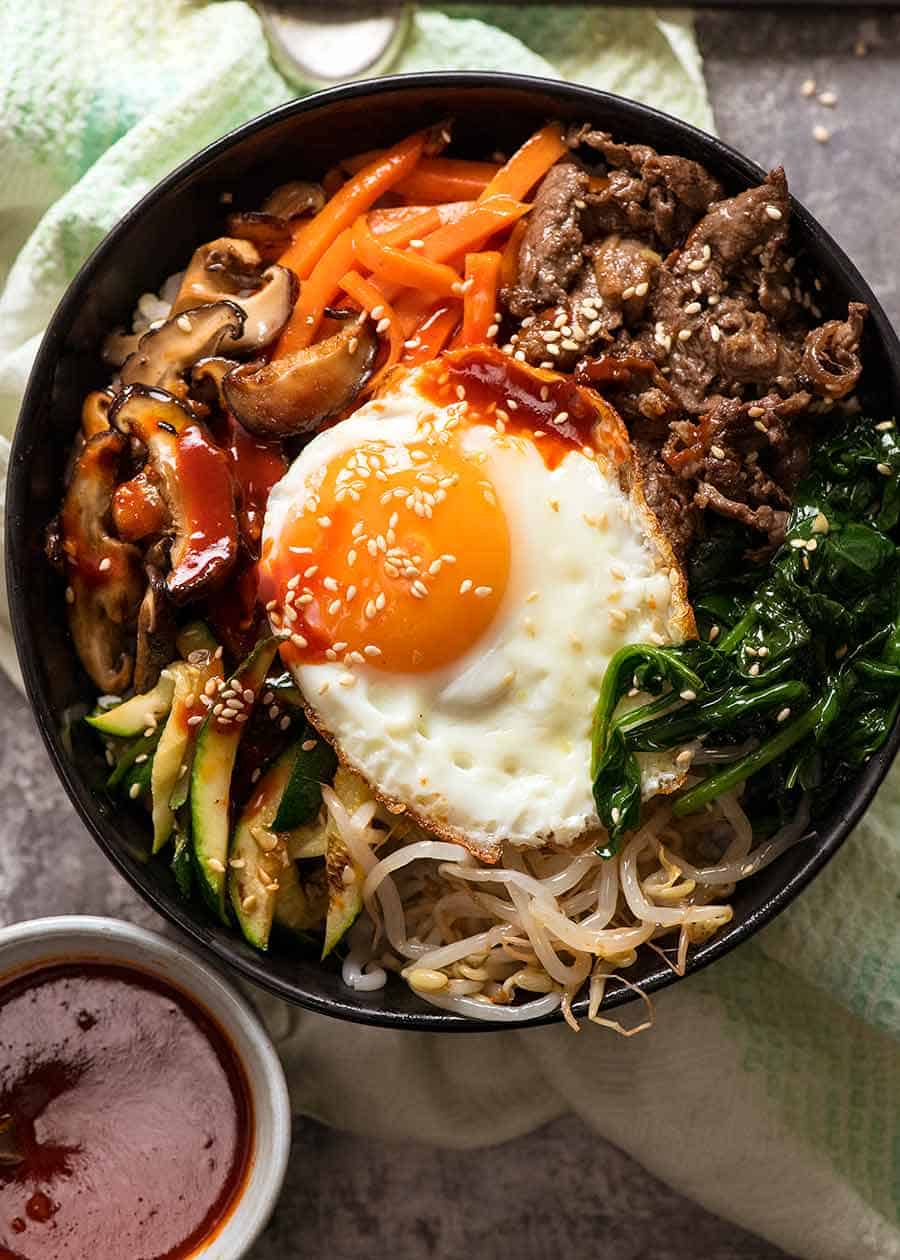Korean Kimchi
Bibim means mixed, and bap means cooked rice, so bibimbap is literally mixed rice.
Recipe Summary Korean Kimchi
My mother and I made this a tradition after our cousin taught us how to make it. This authentic dish is served over rice with every meal in Korea. This can be altered for a spicier version. Use a glass container and wax paper as this will discolor plastic and rust metal.Ingredients | Kimchi Bibimbap Chicken Rice Bowl Korean Food3 heads napa cabbage, cored and cut into quarters lengthwise½ cup salt3 heads garlic, minced1 bunch green onions, cut into 2 inch pieces1 ½ tablespoons monosodium glutamate (MSG)2 teaspoons red pepper flakes, or to tasteDirectionsCut the cabbage leaves into 2 inch long pieces. Spread 1/4 of the leaves into a large, non-metallic bowl and sprinkle with 1/4 of the salt. Repeat layering all of the cabbage has been salted. Let stand at room temperature until a lot of liquid has been pulled from the leaves and the cabbage is tender, 3 to 4 hours; drain. Rinse the cabbage in 2 or 3 changes of water. Drain again very well and return the cabbage to the mixing bowl.Sprinkle the cabbage with the minced garlic, green onions, MSG, and red pepper flakes. Season to taste with additional salt and toss until evenly combined. Pack the mixture into a sterilized gallon-sized glass jar. Cover the jar with wax paper and a loose fitting lid so the seal is not airtight.Allow the cabbage to ferment at room temperature until it reaches the desired degree of sourness, 2 to 5 days. Store in an airtight jar in the refrigerator.The nutrition for this recipe includes the full amount of the salt used to soften the cabbage. The actual amount consumed will be much less than shown in the nutritional display.Info | Kimchi Bibimbap Chicken Rice Bowl Korean Foodprep:
20 mins
additional:
2 days
total:
2 days
Servings:
20
Yield:
5 cups
TAG : Korean KimchiSide Dish, Sauces and Condiments Recipes, Canning and Preserving Recipes, Pickled,










